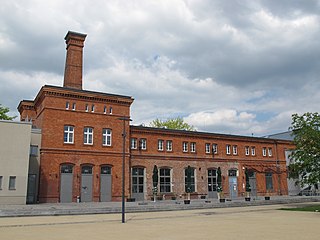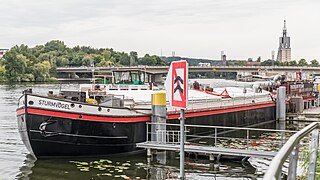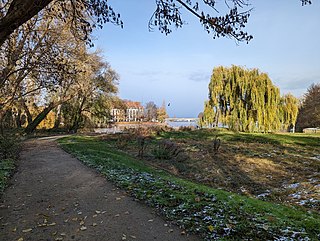Self-guided Sightseeing Tour #6 in Potsdam, Germany
Legend
Guided Free Walking Tours
Book free guided walking tours in Potsdam.
Guided Sightseeing Tours
Book guided sightseeing tours and activities in Potsdam.
Tour Facts
2 km
12 m
Experience Potsdam in Germany in a whole new way with our free self-guided sightseeing tour. This site not only offers you practical information and insider tips, but also a rich variety of activities and sights you shouldn't miss. Whether you love art and culture, want to explore historical sites or simply want to experience the vibrant atmosphere of a lively city - you'll find everything you need for your personal adventure here.
Activities in PotsdamIndividual Sights in PotsdamSight 1: museum Fluxus+
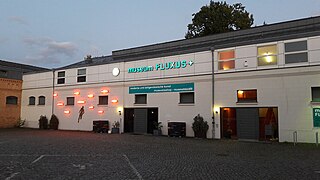
The museum FLUXUS+ is located in Potsdam, Germany and opened in the city's new cultural centre Schiffbauergasse in April 2008. It is Potsdam's first museum of modern art. The 1000 sqm exhibition space of the two-storey building comprehends artworks from private collections. With its large art+life-shop, its café, an “atrium” for temporary exhibitions and events, the museum FLUXUS+ has become a cultural meeting point not only for artists and art-lovers.
Sight 2: Waschhaus Potsdam
The Waschhaus is the largest nightclub of the Brandenburg state capital Potsdam in Germany.
Sight 3: Hans Otto Theater
The Hans Otto Theatre, named after the actor Hans Otto, is a municipal theatre in Potsdam in Germany. Its headquarters and main venue is in the Großes Haus am Tiefen See in Potsdam's cultural district on Schiffbauergasse. Other regular venues are the neighbouring historic Reithalle and occasionally the Palace Theatre in the Neues Palais.
Sight 4: Theaterschiff Potsdam
The Theaterschiff Potsdam is a former inland vessel in Potsdam, Germany.
Wikipedia: Theaterschiff Potsdam (DE), Facebook, Website, Foursquare
Sight 5: Kellertorwache
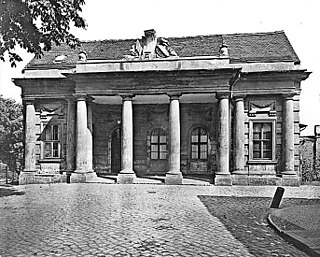
The Kellertor, named after the Kellerstraße leading to the Electoral Wine Cellar, was one of a total of ten historic Potsdam city gates. Together with the remains of the city wall from 1722 in the Große Fischerstraße and the beginning of the city canal, the building marked the city's eastern access to the water.
Sight 6: Nuthepark
The Nuthepark is a near-natural landscape park in Potsdam. The park stretches along the east bank of the Havel south and north of the mouth of the Nuthe, starting in the south at Potsdam Central Station to Babelsberg Park. It was newly created between 1998 and 2001 in the course of preparations for the Federal Garden Show 2001 on a fallow site. To connect the two parts, the Nuthe is spanned by a pedestrian and cyclist bridge shortly before the mouth. The green spaces newly created in 2020 by the Investment Bank of the State of Brandenburg are to merge with the areas of the Nuthepark in the future.
Share
How likely are you to recommend us?
Disclaimer Please be aware of your surroundings and do not enter private property. We are not liable for any damages that occur during the tours.
GPX-Download For navigation apps and GPS devices you can download the tour as a GPX file.
